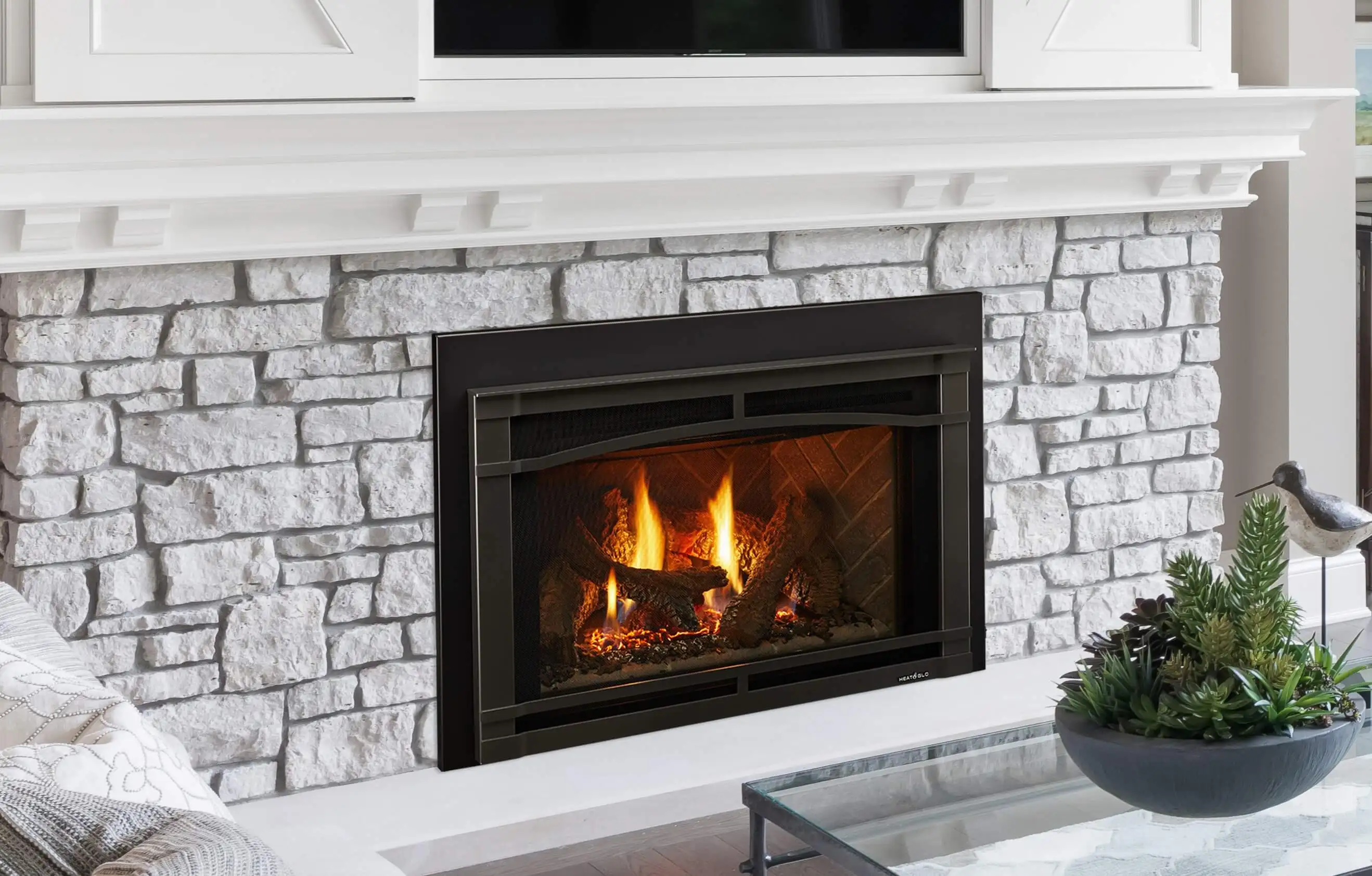The Types of Fireplaces
Depending on style, materials, fuel, and mounting type, you can find the perfect fireplace for your home.
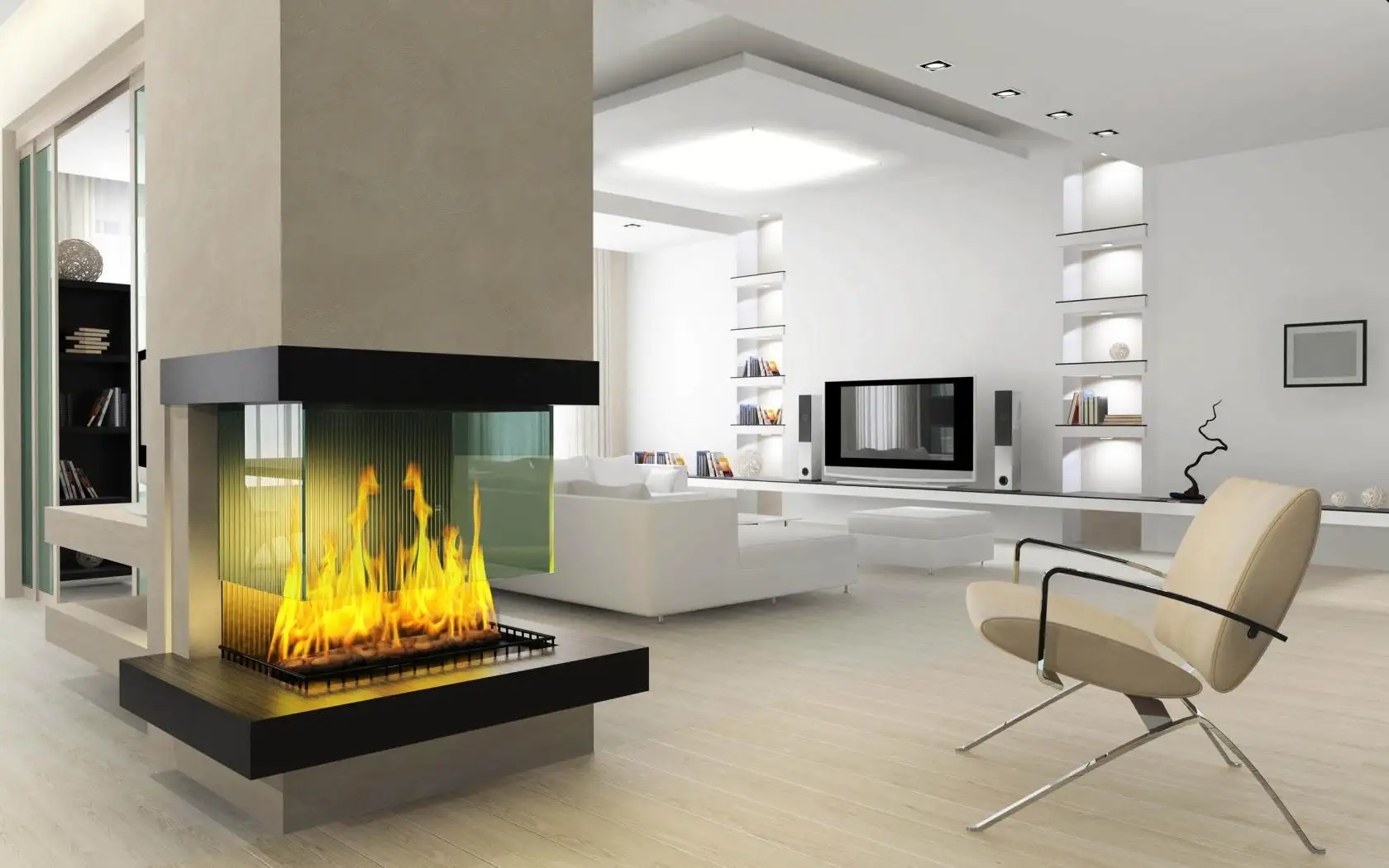
Fireplace Fuel Types
The fuel type is the core element. It dictates which mounting type you can select and the perfect place to locate the fireplace.
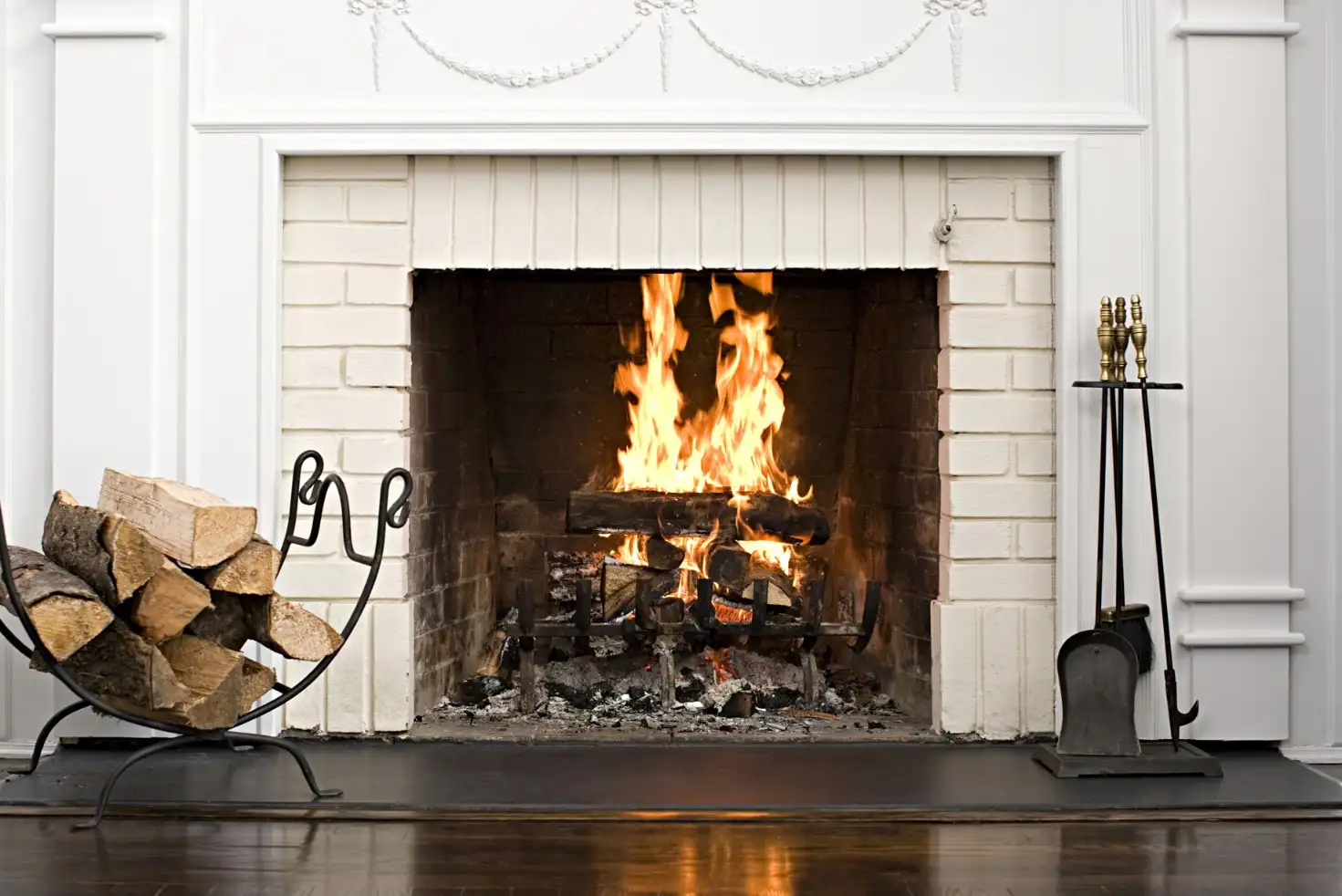
Electric Fireplace
An electric fireplace is a heater that simulates a fireplace burning wood or coal. With this popular type, you can enjoy the fake flickering flame which creates a cozy atmosphere inside your home.
Most electric fireplace models allow you to turn off the heating element if your apartment gets too warm. Almost all models can be controlled with a remote to regulate temperature and turn it on or off.
Purchasing an electric fireplace doesn’t cost you a pretty penny, because there are plenty of affordable models on the market. It’s easy to install an electric fireplace thanks to the fact they don’t require venting.
Also, electric fireplaces are safe for kids and pets. They are easy to clean and low maintenance.
For other advantages, the fire and flame effects can be customized when you order it, as well as the whole electric fireplace.
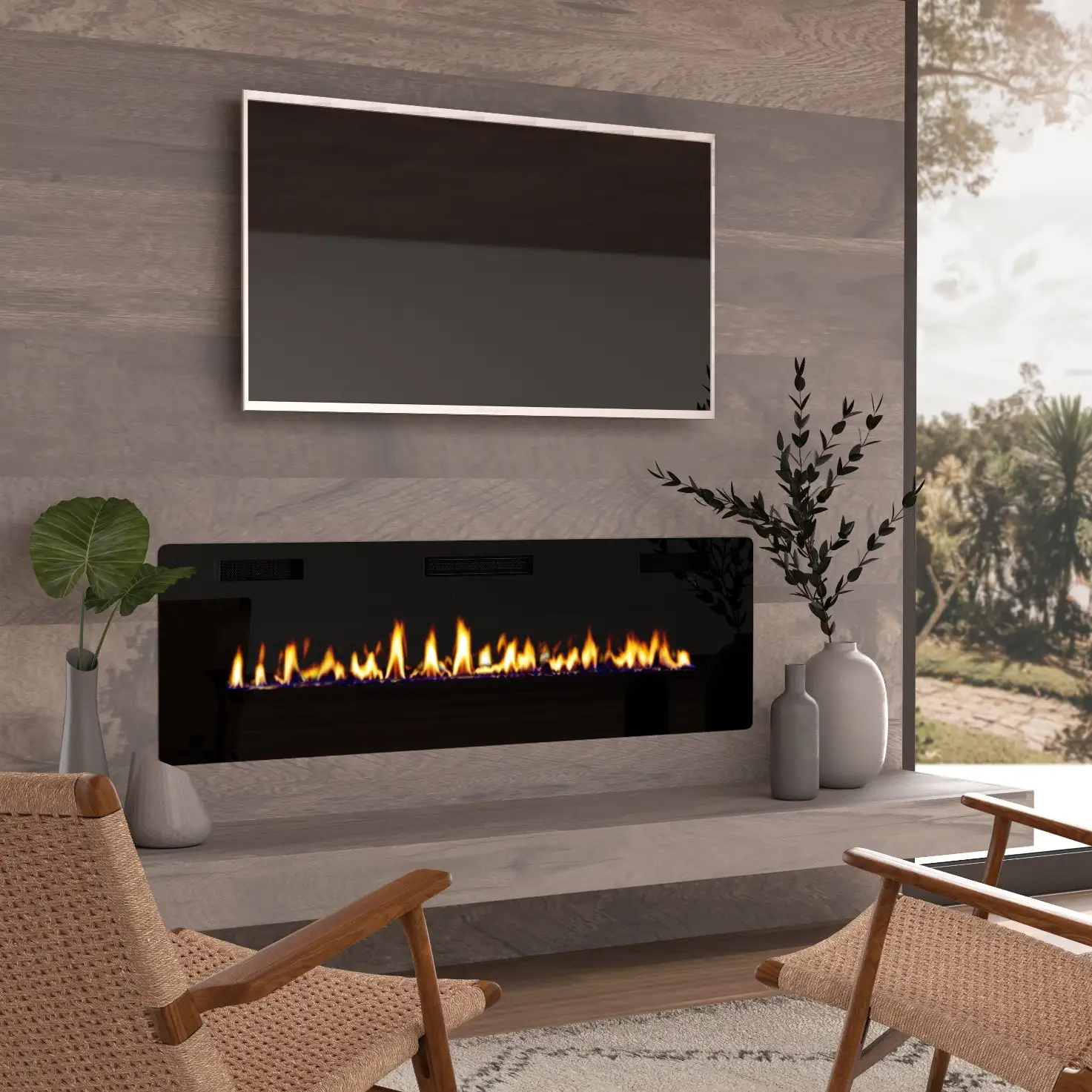
Gas Fireplace
It isn’t as easy to maintain a gas fireplace as an electric one. But as a bonus, you can look at a real flickering flame and relax. Even with a low budget, you can afford a gas fireplace. Keep in mind that a gas fireplace is highly efficient and gives you a chance to save money on heating bills.
A gas fireplace requires venting, because it produces a small amount of smoke. You can control the amount of gas which is used to ignite the flame, in contrast with a wood-burning fire. If you want to stop the fire, you just need to turn off the gas.
A chimney is used for ventilation in direct-vented models. If you prefer a free-standing gas fireplace, you need a pipe for ventilation. There are ventless models without a pipe, chimney, or other vent system. But they are banned in most states in the U.S.
Natural gas or liquid propane are used for gas fireplaces. In any case, you should install a line between the fireplace and the fuel source. A fireplace with natural gas can use an existing gas line. A propane fireplace needs a propane tank.
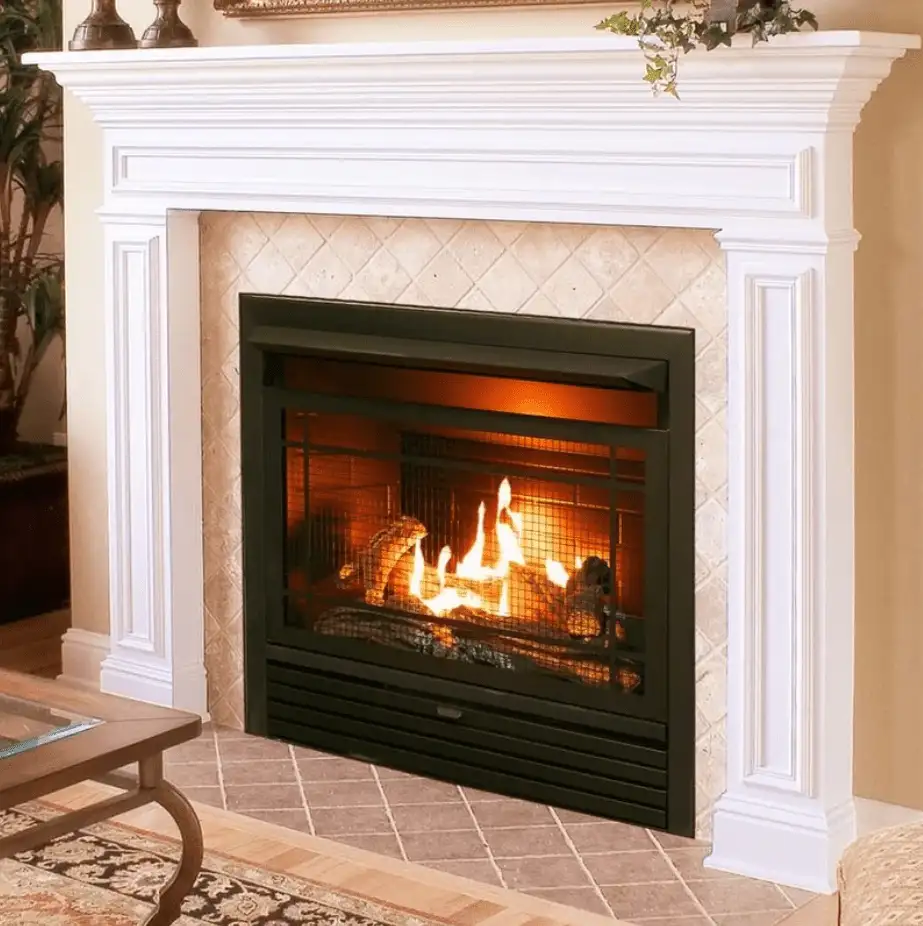
Gel Fireplace
A gel fireplace is a type which doesn’t require ventilation or electrical wires. You just need containers with gel fuel.
For other advantages:
- They are easy to install.
- Gel fireplaces are often lightweight.
- You can create a real flame, just light the gel fuel container with a lighter.
But, if you’re pinching pennies, a gel fireplace isn’t for you. Gel fuel containers are expensive. Also, for disadvantages, it isn’t a great source of heat. Most gel fireplaces are tabletop.
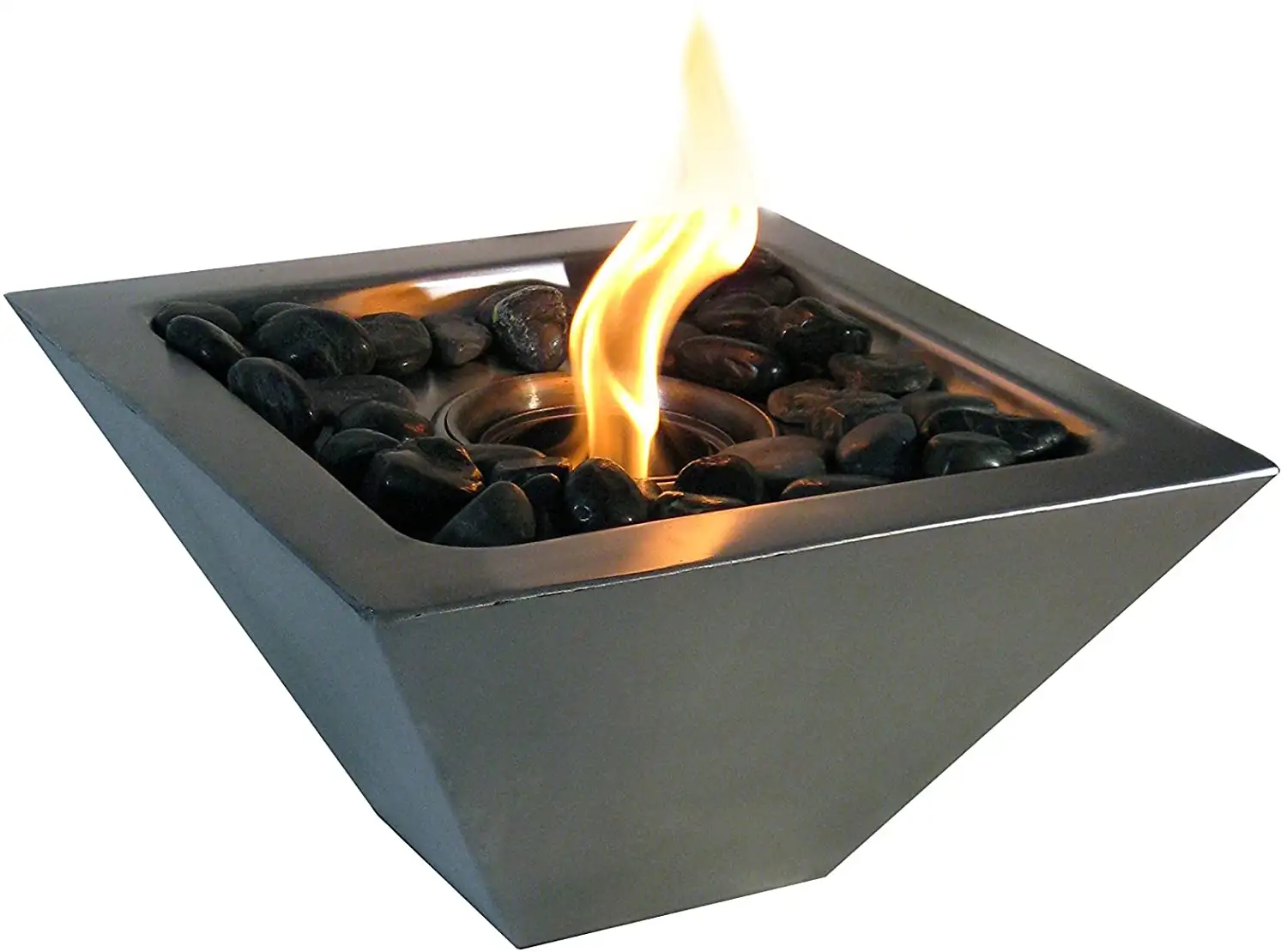
Ethanol Fireplace
An ethanol fireplace is a type which uses a liquid bioethanol fuel. They are easy to install but aren’t efficient like gel fireplaces.
Almost all ethanol fireplaces include a burner which should be filled with the bioethanol fuel. The burner allows you to adjust the temperature of the fireplace. It also enables you to turn the ethanol fireplace off and on easily.
An ethanol fireplace looks really stylish. It can be the main focal point of the entire room.

Wood Fireplace
A wood-burning fireplace is the most traditional type among all fireplaces. To create a warm atmosphere with beautiful sounds, you just need natural wood fires. Wood-burning fireplaces fit well with rustic and country homes.
They burn wood to create heat. You need to pay for the logs to use your fireplace. That’s why a wood fireplace isn’t always the most cost-effective type. Also, you need to clean your fireplace on a regular basis.
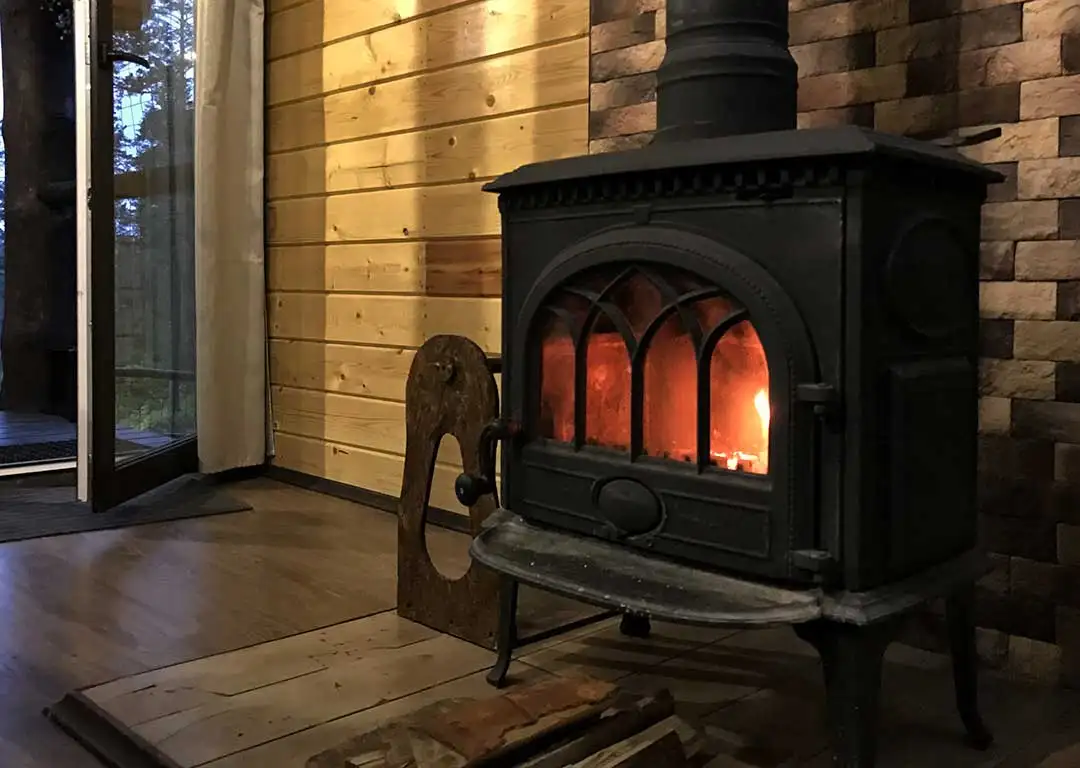
Fireplace Styles
There are a lot of models of fireplaces designed in different styles, from classic to rustic options. The fuel type you select is one of the factors which affects the style of your fireplace. But of course, the main factor for your choice is your perfect taste.
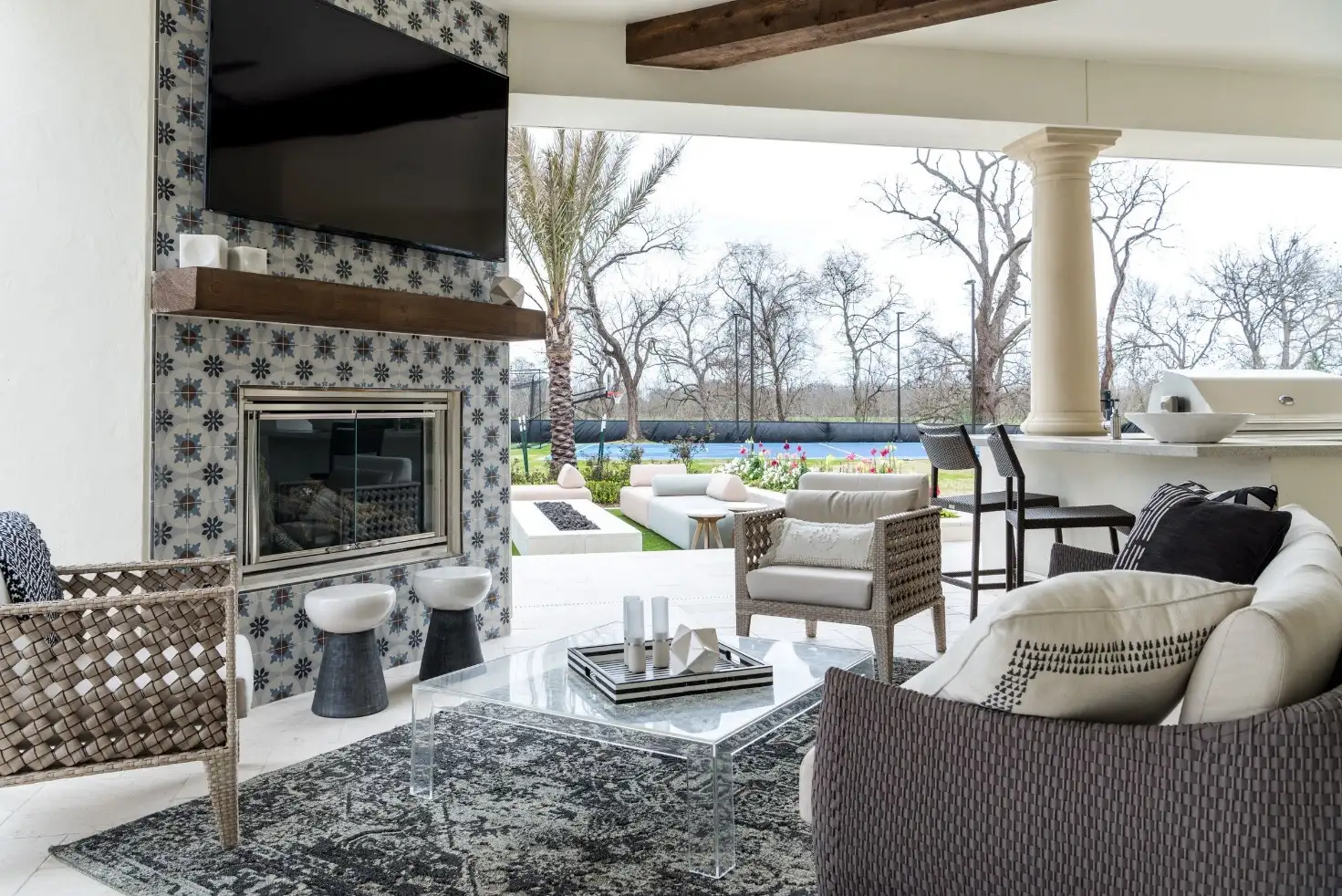
Contemporary Fireplace
A contemporary fireplace features strict, well-defined lines and versatility. They fit well with stylish, chic homes. For materials, the most popular are brick, stones, steel, and distressed wood.
A contemporary fireplace with the pure simplicity of lines emphasizes the joy of gathering around a fire with your relatives and friends. That’s a really great option for the main focal point of the entire room.
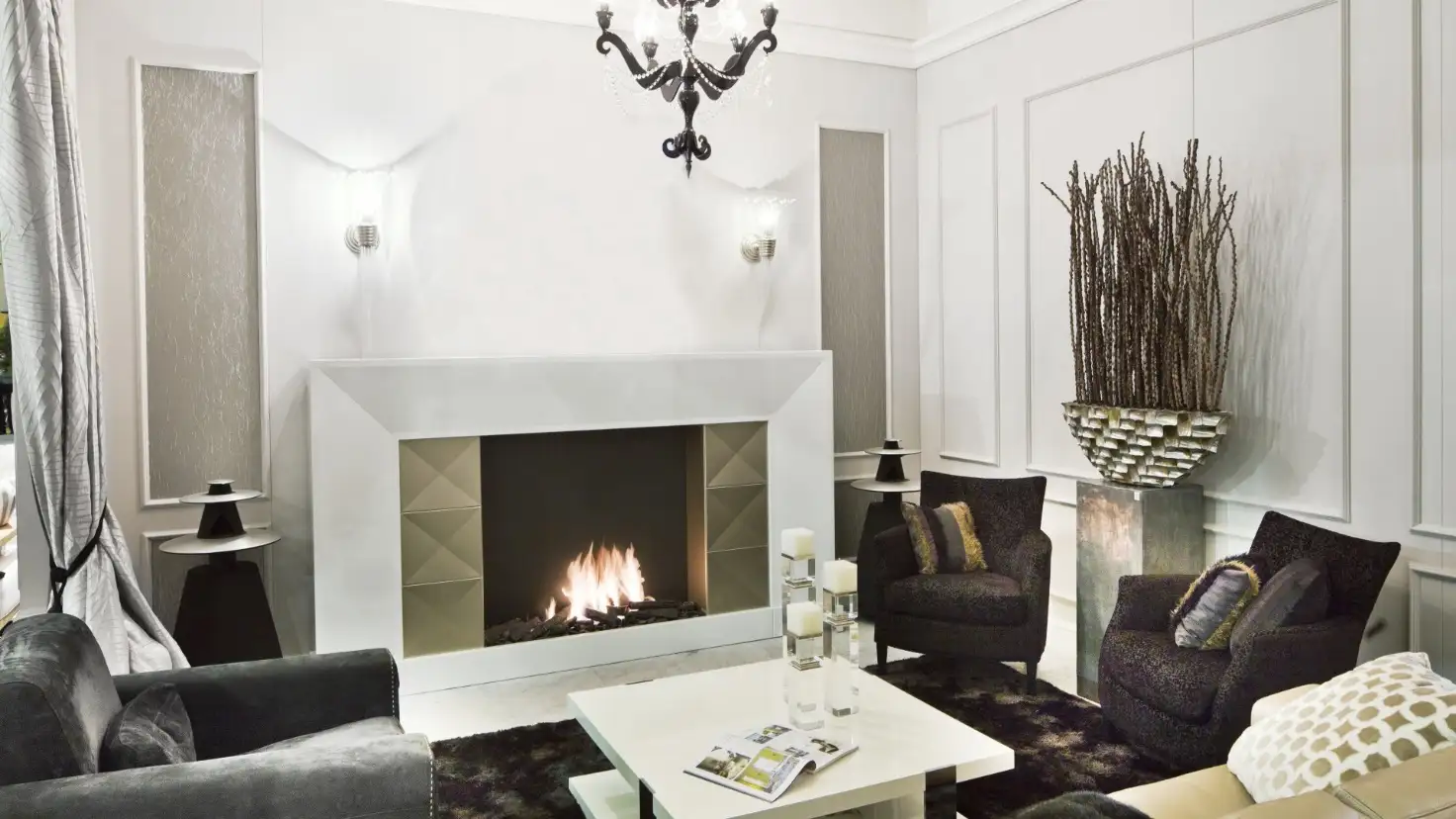
Modern Fireplace
With its clean lines, a modern fireplace can be the heart of your home. It well suits a sustainable, earth-inspired house! Modern fireplaces are usually constructed from natural materials, such as brick, stone, marble, or glass.
Modern fireplaces emphasize a sense of coziness inside your home. They have a little bit of a futuristic appearance. This makes a modern fireplace a stylish addition to an elegant and charming home.
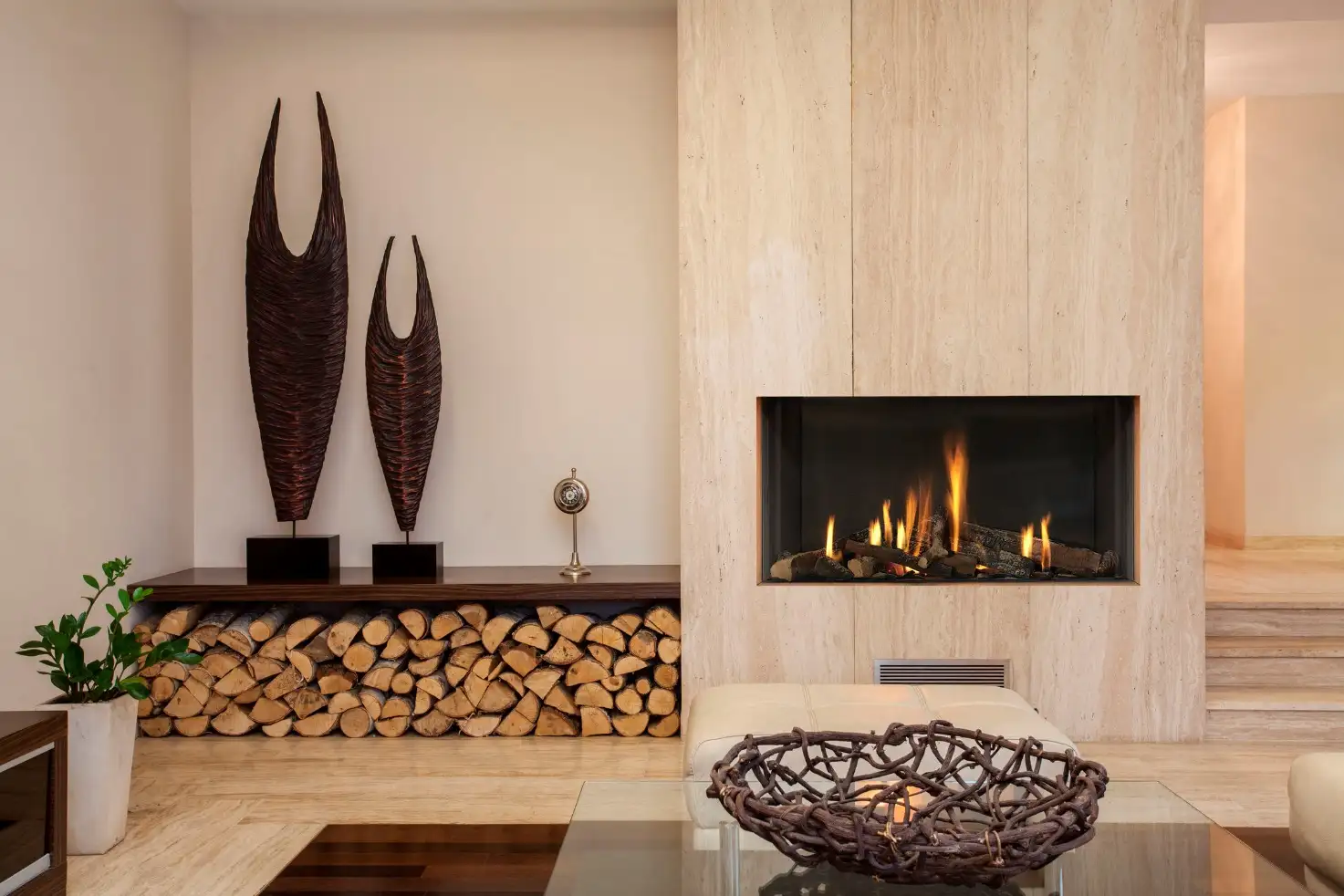
Traditional Fireplace
Almost all traditional fireplaces are wood-burning. They perfectly suit rough rustic, cozy log cabins, and welcoming country abodes. Traditional fireplaces are usually made of bricks or stones.
A traditional fireplace emphasizes a sense of relaxing and a romantic atmosphere. To have a good time, you just need a roaring fire and a glass of your favorite drink!
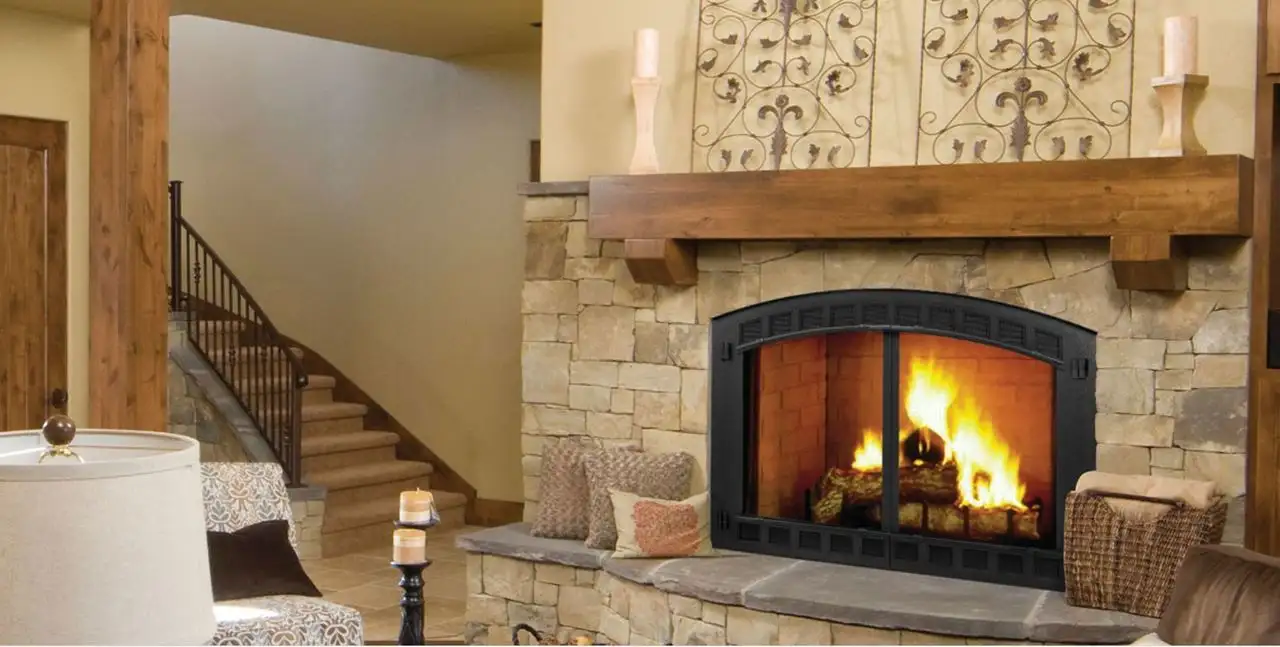
Fireplace Mounting Options
When you select the best mounting option for your fireplace, keep in mind that it must be compatible with a fuel type you intend to use. For instance, it would be difficult and impractical to mount a wood fireplace on the wall, because it’s too big. In this case, it’s better to opt for an electric fireplace.
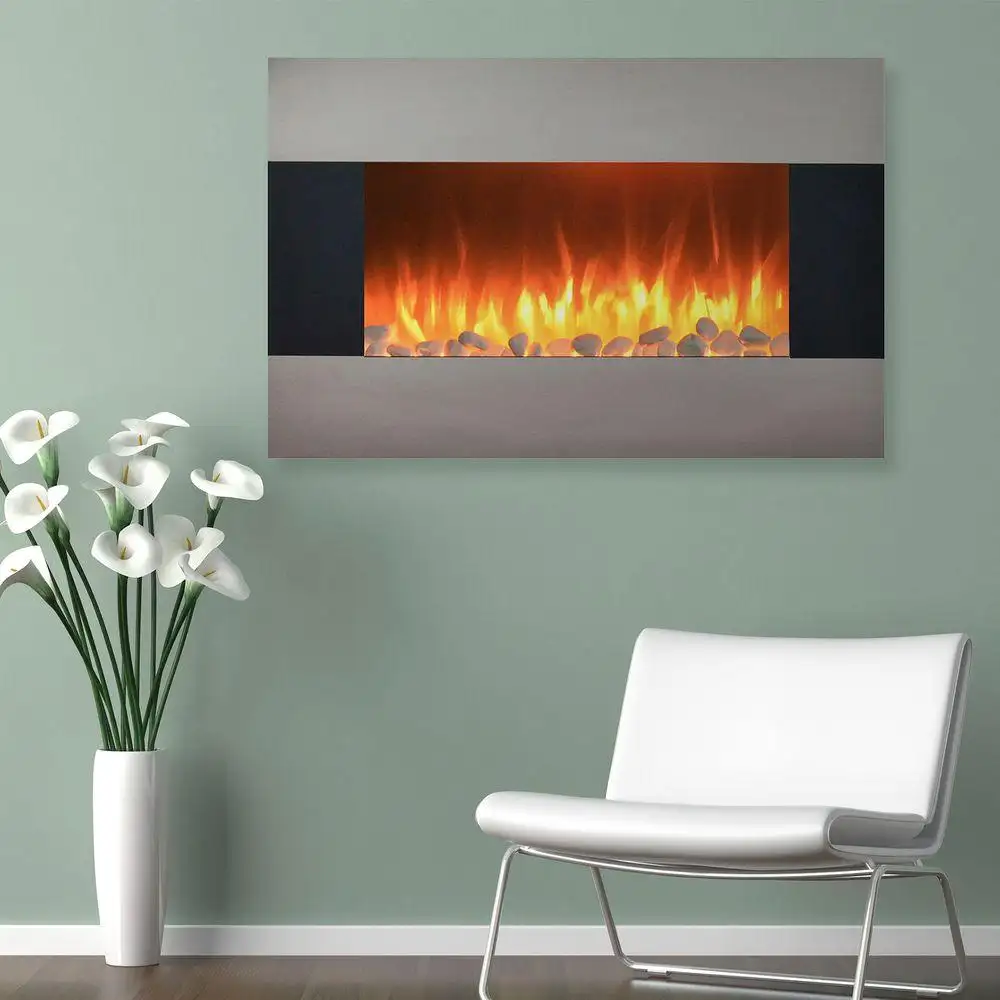
Traditional Fireplace
A traditional (also called an open-hearth) fireplace is always wood-burning. They are usually constructed from brick or stone. Traditional fireplaces are almost always built-in options.
But installation will cost you a pretty penny. That’s why a traditional fireplace isn’t so popular as it used to be.
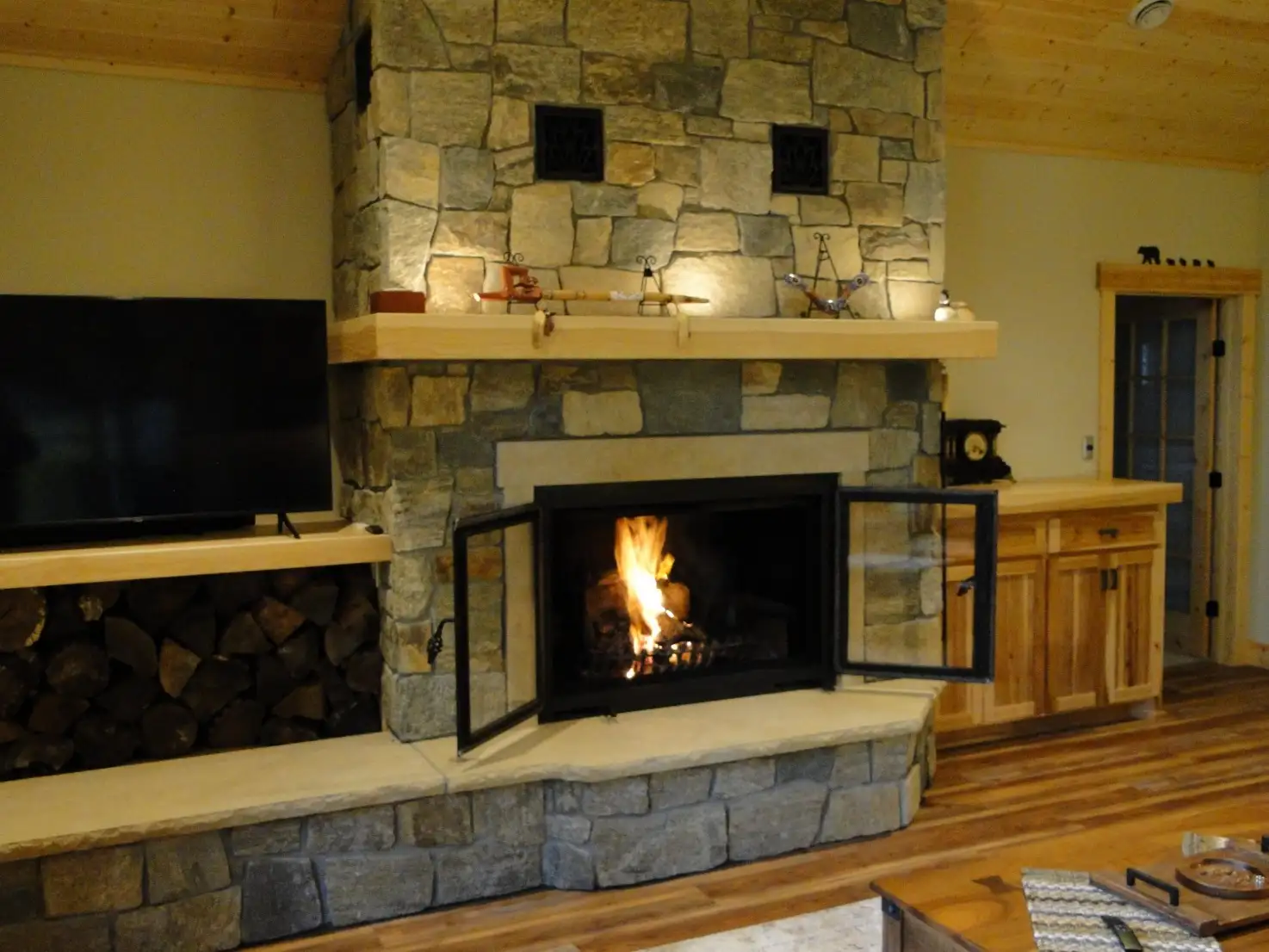
Free-Standing Fireplace
A free-standing fireplace is an option which imitates a traditional built-in type. In most cases, it includes a mantel. Such a fireplace can be absolutely free-standing if the fuel type allows this. Also, it can be attached to the wall or ceiling (for ventilation).
There are a lot of free-standing models, from contemporary to Scandinavian fireplaces.
They are designed in various sizes and shapes.
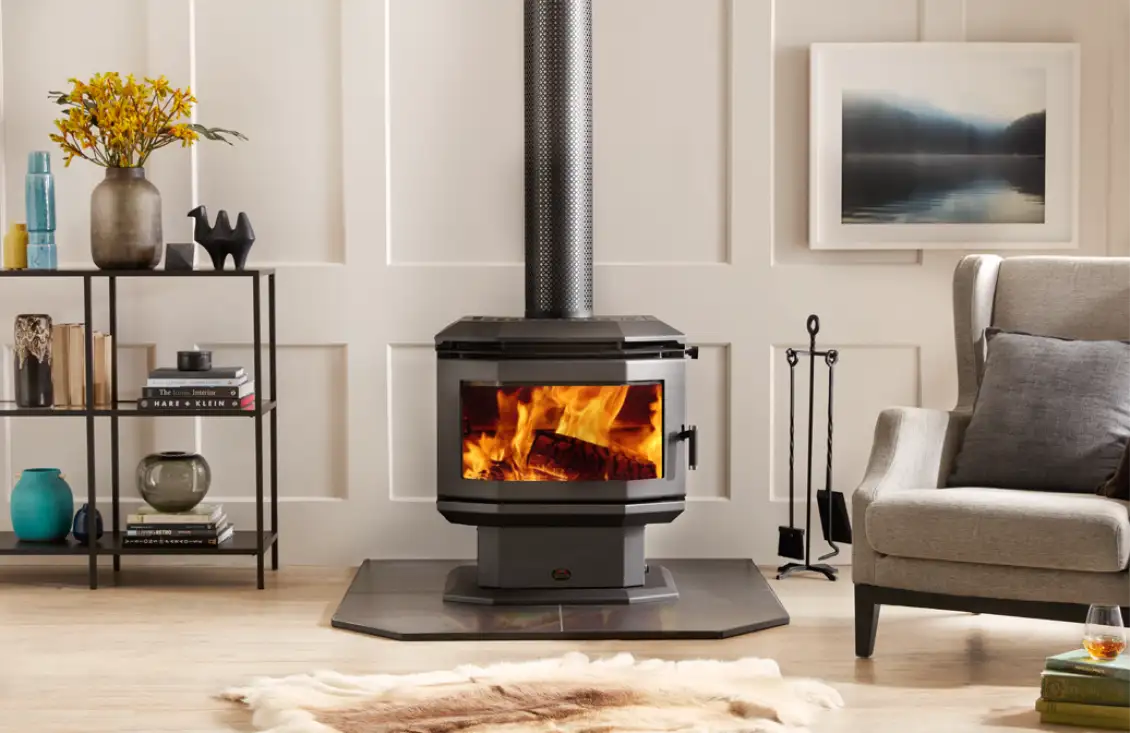
Tabletop Fireplace
A tabletop fireplace is an ultra-lightweight type. It can be easily carried from living room to bedroom and vice versa.

Tabletop fireplaces are great options for indoors as well as for outdoors. It’s a really great and unusual main focal point of the entire space.
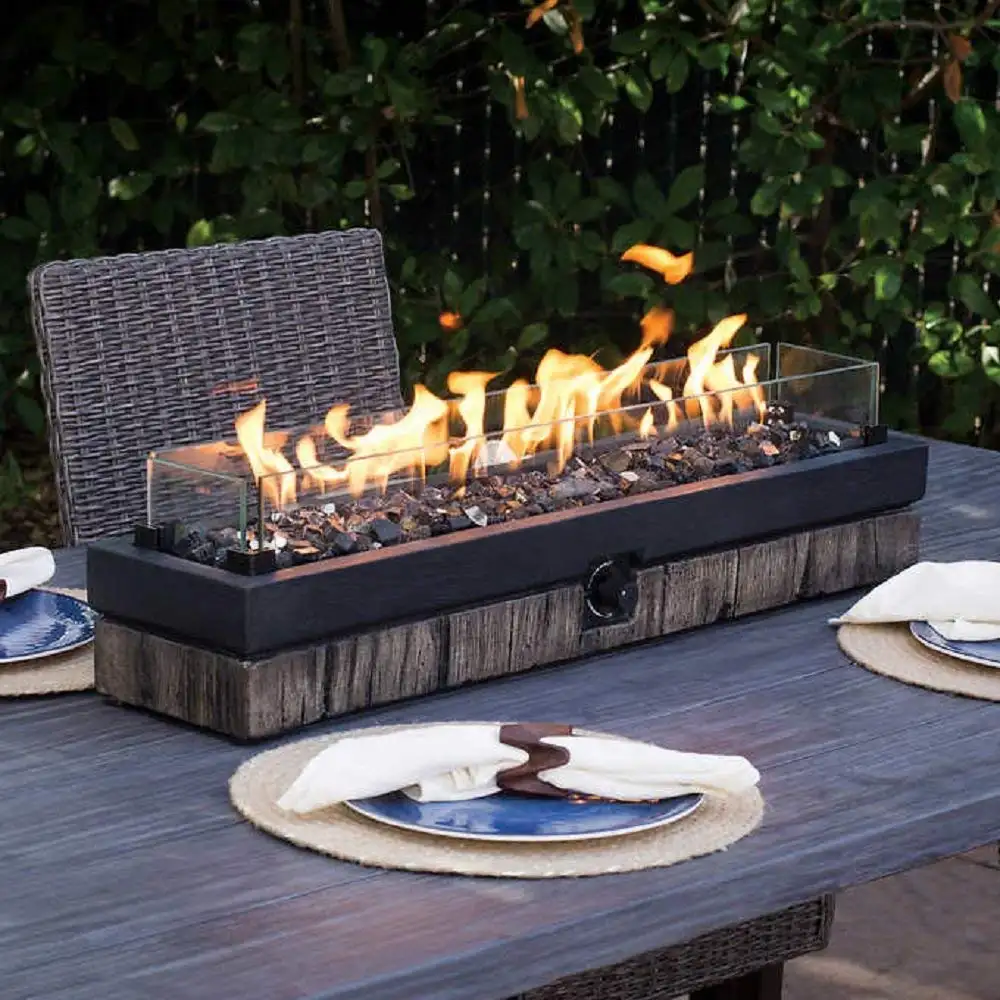
Hanging Fireplace
To bring futuristic vibes to your home, opt for a hanging fireplace. It fits especially well with Scandinavian interiors. Maybe it’s time to get hygge, isn’t it?
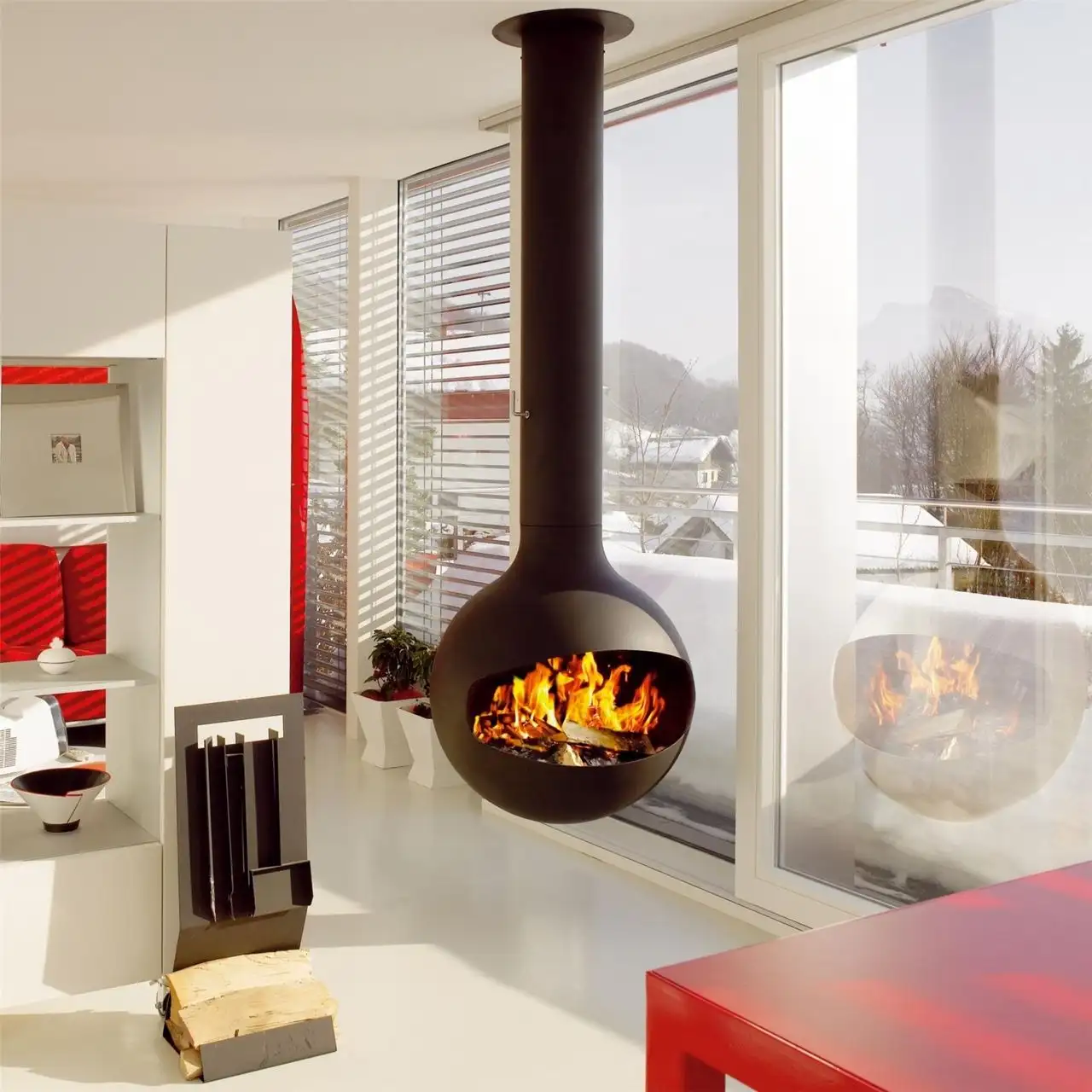
Wall-mounted Fireplace
A wall-mounted fireplace is a great option if your space is limited. Depending on the fuel type, it can be connected to a chimney or doesn’t require a ventilation.
Wall-mounted fireplaces are designed with a mantel and without it in different shapes, sizes, and styles. There are a lot of electric budget-friendly options.

Built-in Fireplace
If you already have a built-in, wood-burning fireplace, you can replace it with electric, gas, ethanol, or gel options. It’s easy to do if it fits into the current space.
To transform an expensive, high-maintenance wood fireplace into an energy efficient, lower maintenance fireplace, you can utilize another fuel type, such as electricity or gas. Keeping a traditional aesthetic is an easy task!
